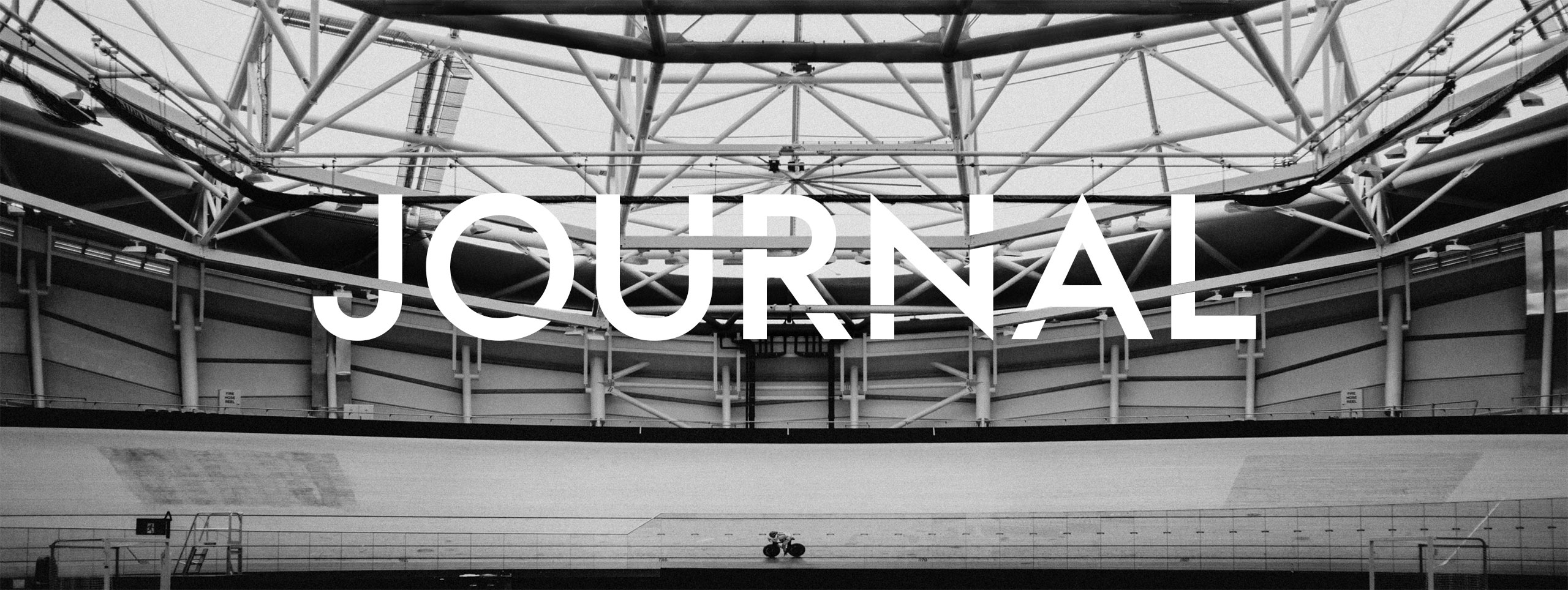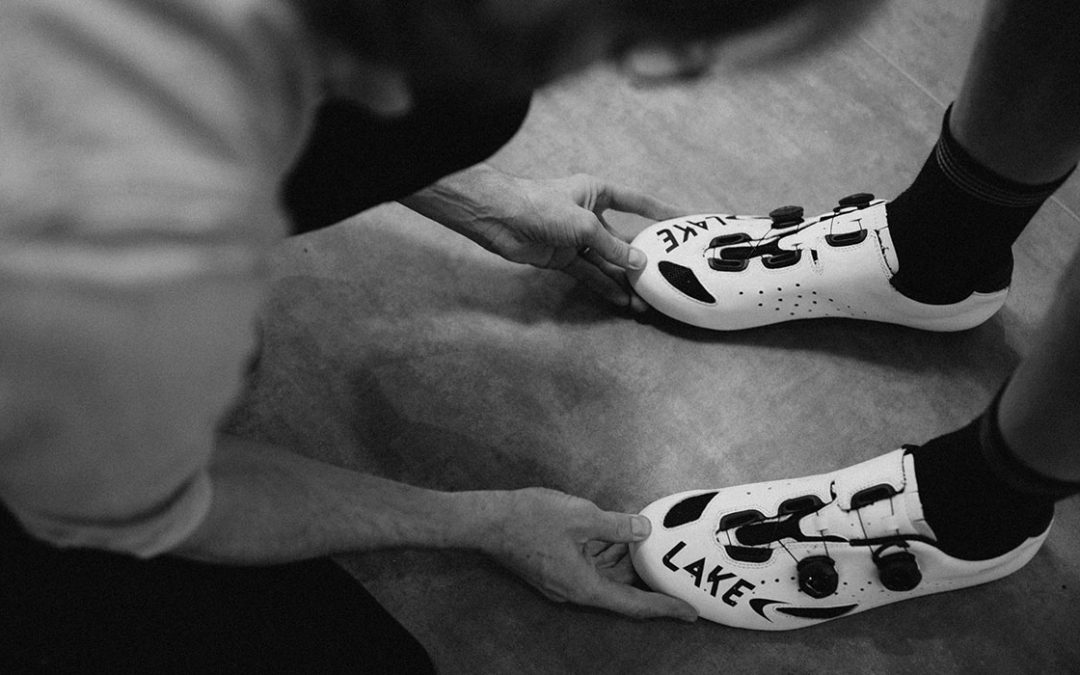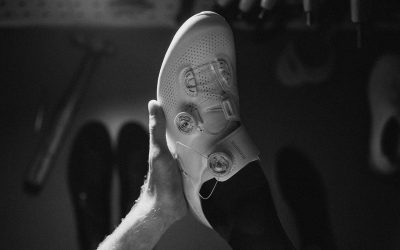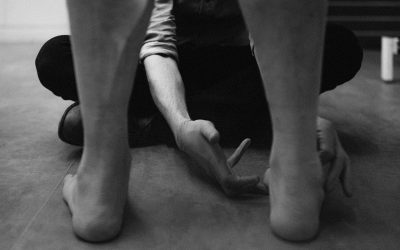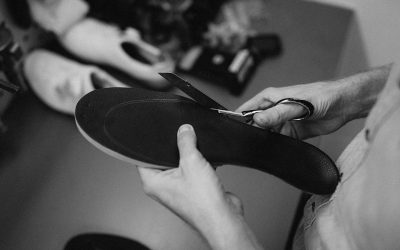During my time at university, I went off and did the job that my lecturers suggested I do. I sold shoes in a running shop for my four years at uni and I loved it. I was always inspired by footwear design and for a while, that was where I thought my career might veer towards. Since running was also always a part of my life at that point, it was also more fun than work to be honest. My background info is good and all but we are here talking about cycling and not running shoes yes… Well, the bonus about working in a running shop was just that I got to learn a hell of a lot about “The Fit”.
Key Points:
- Track cyclist – As vacuum packed, firmer fit as possible without numbness.
- Road cyclist – ½ a thumb in front of the longest toe & no more than 0.5cm overhang either side of the 1st and 5th metatarsal heads.
- Extreme / Multiple Day / Tour Road Cycling – ½ thumb to a full thumb width in front of the longest toe & no more than 0.5cm overhang either side of the 1st and 5th metatarsal heads.
- Match the shoe’s width, depth and last to the individual’s foot type.
- All shoes must have a thumb width of gap along the dorsal vamp of the shoe.
Cycling is not running. Their movements are polar opposites. Cycling shoes are stiff and running shoes flex. However, there are some similarities and rules when it comes to getting the right fit. At this point, I think it’s worth noting that we all have a preference for how our shoes fit, but I’m talking from the perspective of best practice.
- Have your foot measured for length and width with a Brannock Device. Feet flatten over time which means that they don’t necessarily grow like your ears and nose, but they can lengthen as a result of the arch collapsing.
- A 46 isn’t always a 46. Every brand will interpret sizes slightly differently. Take the Rapha Pro Team Shoes for example. Their size 46 fits closer to a 45 ½ in Fizik. It’s a total mystery and with any luck your specialist shoe fitter should be able to point you in the right direction.
- If you’re buying online, buy multiple sizes with the intention of returning the poorly fitting pairs.
Track Cycling
The objective is short distances on the boards with maximum effort over a reasonably short timeframe. You want a stiff shoe with a tight fit because your shoe must fit like a glove to allow for maximum transfer of power between the body and the pedal. You are also highly likely to be compressed even further with a power strap over the top of the shoe. Generally speaking, the tighter the fit the better, but we have to draw the line at the absurd and your foot cannot go numb to the point of causing ischemic pain due to blood loss as this will result in poor performance.
Like I say to all of my skiing clients, ski boots aren’t meant to be comfortable. If they are, it’s very likely they are the wrong size. However, they must be tolerable.
Road Cycling
This is not necessarily common knowledge, but the ideal running shoe fit has a full thumb width in front of the longest toe. This is so the foot can naturally slide forward in the shoe without the risk of losing your toenails when running. If you are running a marathon, the shoe is even bigger again with 2 whole sizes beyond the biggest toe as your feet are going to swell considerably by the latter stages of the race. Cycling shoes are no different. Your foot needs to breathe and yes, depending on the distances you’re cycling, your feet are going to swell but your feet don’t undergo the same forces when running and as such, a tighter fit is totally warranted.
The ideal fit is as follows:
- ½ thumb in front of the longest toe
- No more than 0.5cm of overhang either side of the 1st and 5th metatarsal heads
- The shape of the shoe’s last must match the shape of the individual’s feet &
- An entire thumb width between either side of the shoe’s vamp.
One thing that has remained consistent since my earliest days of fitting shoes, is that everyone seems to know their shoe size. It’s almost as if the individual has a sense of pride knowing they have always been a 44/EE. Fortunately measuring each foot was standard practice so when ageing clients in particular asked for a shoe, I gently pointed to the Brannock Device and to their surprise, were two sizes longer than they thought. The feet don’t necessarily grow as I eluded to before, but they do flatten over time and get bigger as a result.
I would say that my work is split 50-50 between clients who are searching for a solution to their painful feet and those wanting a more powerful and connected setup when cycling. Regardless though, the first thing I always do is to check their shoes. The orthotics will only work as well as the shoes they are in and if it’s not an appropriate fit, I cannot expect the client to reach their potential. We must think of the shoe as an extension of the body. The sloppier the fit, the less connectivity.
One of the most common issues I see in cycling are hotspots, numbness and/or searing pain in the forefoot. It can be so debilitating that riders vomit due to the intense discomfort and it’s certainly not uncommon to see riders stopping to ice their feet in a mountain stream during the Etape. When I was at university, we did a whole semester on injection therapy and I received something in the vicinity of 70 local anaesthetics. But the one afternoon my buddy stabbed my tibial nerve instead of anaesthetising it, sent a blow torch to the sole my foot and I’ll never forget the impact of the nerve pain. If we compress the forefoot too tightly within the cycling shoe, even if done subtly over time, it will still likely result in the nerves becoming irritated. To avoid this, the forefoot must not slide from side to side but rather sit comfortably without any overhang beyond the shoe’s base of more than 0.5cm on either side of the 1st and 5th metatarsal heads.
Insert picture
Already having spoken at length about choosing the best last for each rider’s foot type, we can then focus on the shoe’s upper and the final component to a great fit. The “vamp” is essentially the fastening or lacing section of any conventional shoe. In the current top end cycling market, Boa’s often replace lacing, but the principles of the fit are still the same. If you can fit the full width of your thumb between the laces when tied firmly, then you have a winner. If not, it’s likely the shoe will be too sloppy when the shoe loosens and begins to stretch.
Extreme / Multiple Day / Tour Road Cycling
Picture this – You’re in the Balearics on a late-April morning. Maybe not so warm by local standards but it’s far warmer than any regular day in London and your about to attempt Mallorca 312 with over 5000m of vertical. Despite the fact that the loading forces and effects on the feet are far less than those of a marathon runner, there are still likely to be some swelling of the feet. This doesn’t mean to say you need a big shoe. On the contrary, a sloppy one will do more harm than good but a shoe that’s a snug fit on a regular London day could cause some real short-medium term numbness that might take several months to return to normal. I realise we all have our own preferences for the way our shoes fit, but in this situation, a shoe that holds your foot securely without any pressure points is likely to help rather than hinder your goal.
Like anything in sales, the more expensive the product, the better the materials and features and generally speaking, the better its overall performance. Shoe companies always want us to “buy better” but the most important aspect is how the shoe fits instead of what the shoe has. In short – The better the fit, the better the ride.
Does Size… I mean “Does the last matter?”
Yes. If you’re uncertain of what a last is, you’ve probably seen one before in a shoe shop window or at an antique fair but it’s the wooden insert that a shoe is traditionally built around. With the current tech of 3D printing, lasts are most often made…
Fitting the Foot First
When I was at university, I can’t ever recall discussing cycling or any other “fixed foot” sports when it came to foot function. As you can then imagine, I felt totally in the dark when I first started working as a Ski Podiatrist for one of the UK’s…
Are Insoles, Footbeds and Foot Orthotics All the Same?
Cycling and skiing are expensive, technical sports. There’s new and “more advanced” kit each year and whilst you don’t generally need to upgrade your kit at the same rate, it’s hard to look past some of it sitting in your “Wish List”. What if I told…
